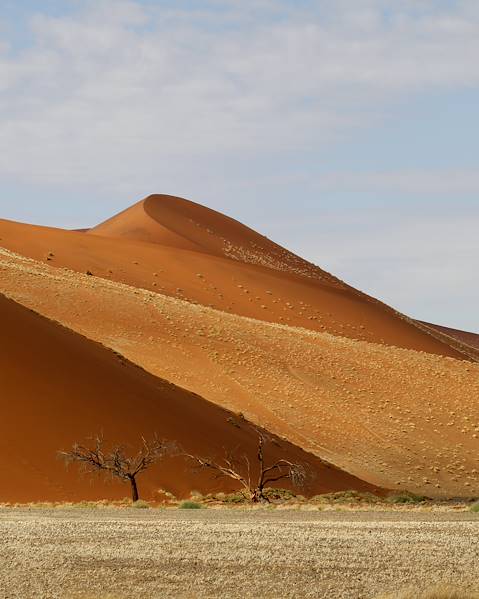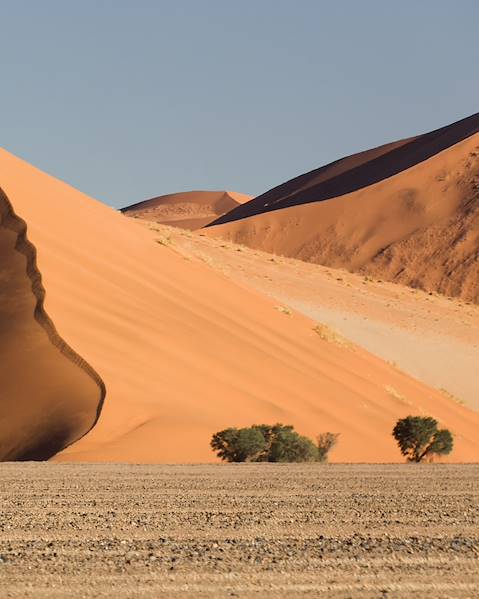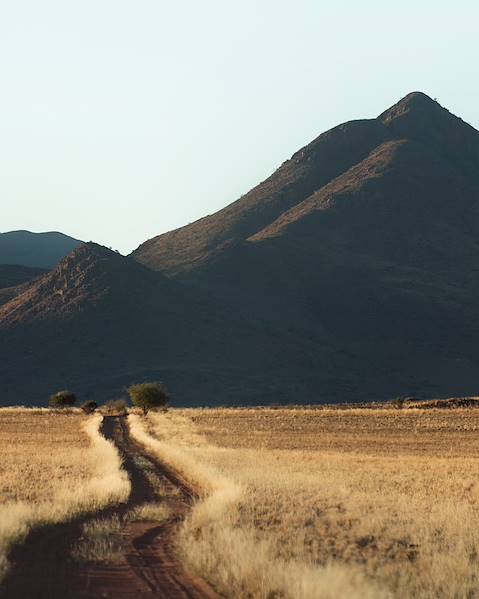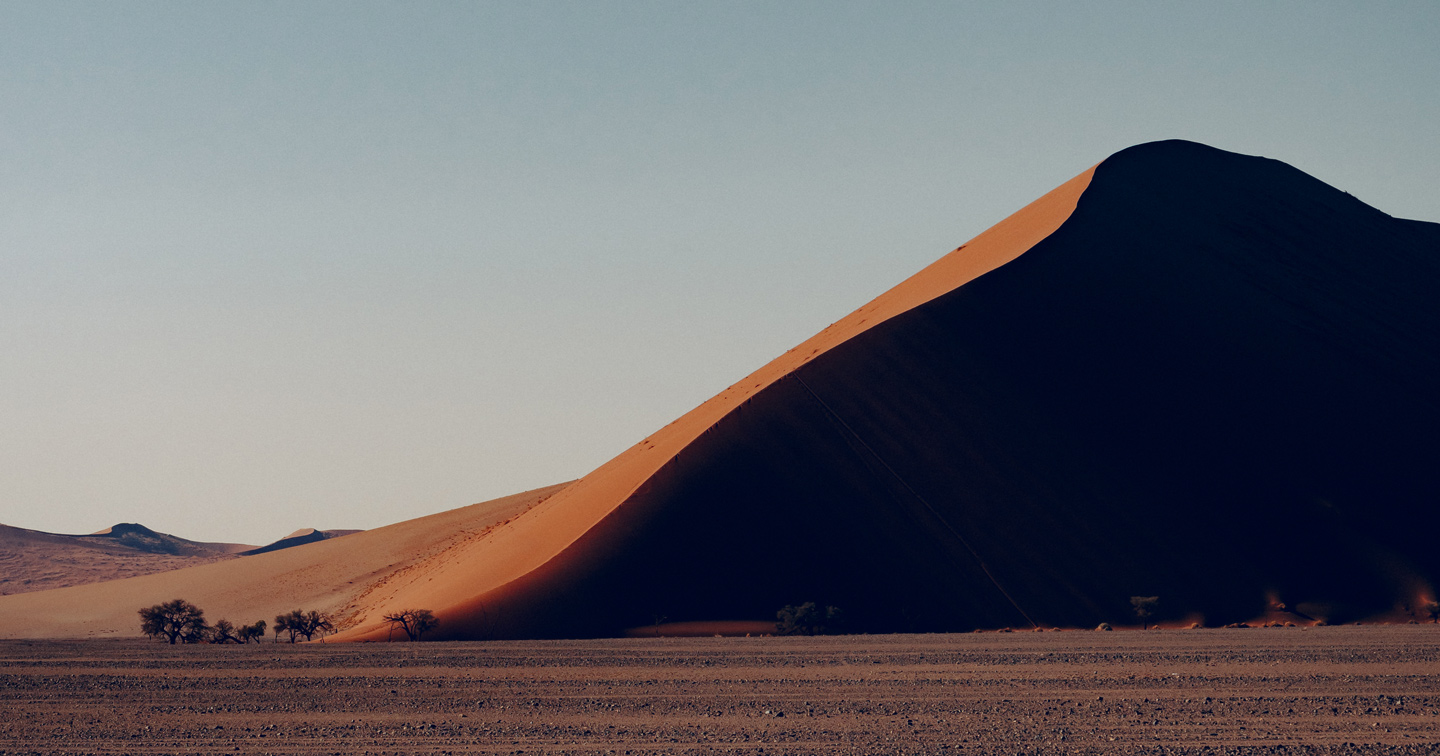At the same time as serving up some of the world’s most spectacular scenery, wildlife and sunsets, Namibia is a shopper’s paradise. Local markets are great places to soak up the country’s culture and colour. And they also provide the ideal hunting ground for finding the perfect memento, so you can remember your trip long after you’ve returned home. Handmade crafts, gemstones and leather goods are among the most sought-after items when shopping in Namibia. Read on to find out the best places to shop, the unique products to look out for and the cultural significance of shopping in this beautiful African nation.
Opening Hours and Etiquette
Namibia doesn’t have set opening hours for shops. Generally, the larger a town is, the longer places are open. From Monday to Saturday, shops and supermarkets tend to open around 8am and close around 5pm, while shopping malls are usually in action from 9am until 7pm. Most shops are closed on Sundays, except for large supermarkets and malls. ‘Potschies’ (small convenience stores) are also open daily for up to 24 hours. Keep in mind that alcohol cannot be sold on weekdays after 7pm, on Saturdays after 1pm, and under no circumstances on Sundays or public holidays. Haggling is not standard practise in shops but is commonplace in markets. That said, you’ll win a lot more smiles by handing over a little extra.
Responsible Shopping
Shopping in Namibia goes way beyond just buying souvenirs; it’s an opportunity to support the livelihoods of Namibian artisans and entrepreneurs. By purchasing handmade crafts and locally produced goods, you’re contributing to the preservation of traditional skills and helping to sustain local communities. Moreover, shopping in Namibia is a way to connect with the country’s diverse culture. Many products sold in markets and shops have cultural significance and tell tales of Namibia’s history and traditions. By engaging with vendors and learning about the stories behind the products, you can gain a deeper understanding of Namibian culture and its people. For example, when shopping for arts and crafts, take the time to visit out-of-town workshops where you can see your items being made, meet the makers and support local craftspeople at the same time.
However, do be aware that illegal items often make their way into Africa's marketplaces and knowing how to avoid them is important. Souvenirs made from animal products are frequently a problem, as are those made from indigenous hardwoods. Look out for products made from tortoiseshell, ivory and the fur, skin or body parts of protected species. Items like these will be confiscated at customs and you could also be liable for a hefty fine.
Where to Shop
Namibia’s capital city Windhoek and coastal Swakopmund lead the pack when it comes to shopping in Namibia, with plenty of malls and markets. There are several arcades, shopping centres and markets in Windhoek that sell almost anything you could think of. In the southern part of the capital, the place to go for goods and gifts is the large Maerua Mall on Jan Jonker Road, while Windhoek Street Market is held every other Saturday. In colonial Swakopmund, you’ll find markets in the heart of town, as well as the popular Mondesa Townshop Market out of town. If you prefer a more modern shopping experience, head for the Swakopmund Mall. As you travel around Namibia, you’ll find craft markets and curio stalls in tourist areas, villages, along roadsides and near the entrance gates to national parks.
What to Look for When Shopping in Botswana
Diamonds, Gems and Jewellery
Precious stones are among the many gems to look out for when shopping in Namibia. As one of the world’s largest producers of gem-quality diamonds, Namibia offers visitors a wide range of jewellery and gemstone products in shops and markets across the country. Jewellery made by the Himba people is very popular and can be purchased from source in Kaokoland, or found in most curio shops. If you’re looking for something special, it’s advisable to do your research beforehand or take a trustworthy and knowledgeable guide with you to make sure you’re getting the real deal. Beware of buying illegal diamonds; police entrapment is not illegal nor unheard of in Namibia.
Leather Goods
Other fabulous products to look out for are Namibian leather goods, specifically those made from ostrich, buffalo and kudu hides. The country has a thriving leather industry and you can find beautifully crafted leather bags, shoes and accessories in many shops and markets. These items are often made from locally sourced materials and showcase the skill and craftsmanship of Namibian artisans.
Local Crafts
Crafts are prevalent in Namibia and visitors can buy rugs, wood carvings and even Herero dolls – small figurines depicting local women in colourful costumes. Head for the craft market at Windhoek’s Post Street Mall to find upscale items. The real bargain-hunters, however, will want to head an hour outside town to the craft market in Okahanja to get the best items at a fraction of the cost. In Swakopmund, the craft market can be found close to the lighthouse, with goods that you’ll be hard-pressed to find elsewhere. The wood carving market at Okahandja also serves up plenty of souvenirs, and the carved giraffes are particularly popular. Other notable crafts to consider when shopping in Namibia include woven grass baskets, wooden salad bowls and wire ornaments.
Local Art
Different Namibian tribes specialise in traditional arts including textiles, hand weaving, embroidery, sculptures and printworks. The Craft Centre at Windhoek’s Old Breweries Complex features amazing artworks. You’ll find plenty of treasures at great prices and can be content in the knowledge that you’re supporting local artists, rather than manufacturers, when purchasing. Modern Namibian names of note include Tuli Mekondjo (artist), Tony Figuera (photographer), Paul Van Schalkwyk (photographer), Rain Van Schalkwyk (photographer), Pompies Burger (photographer), Susan Mitchinson (block prints) and a host of lino printers.

















